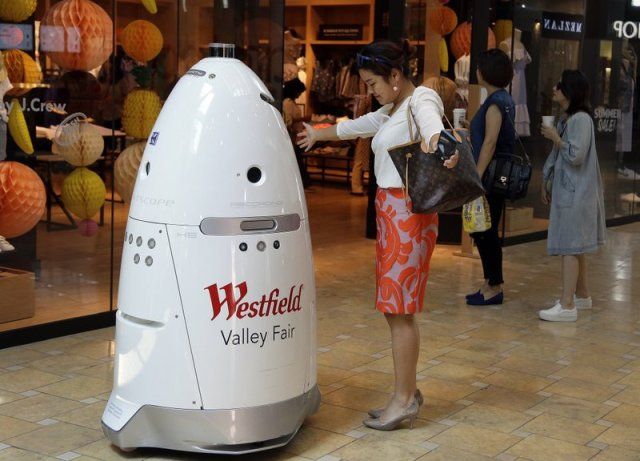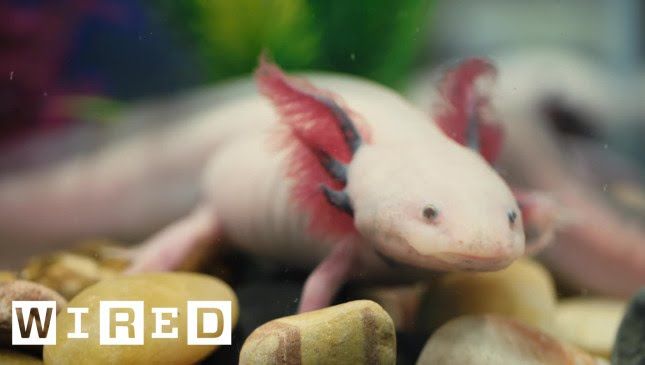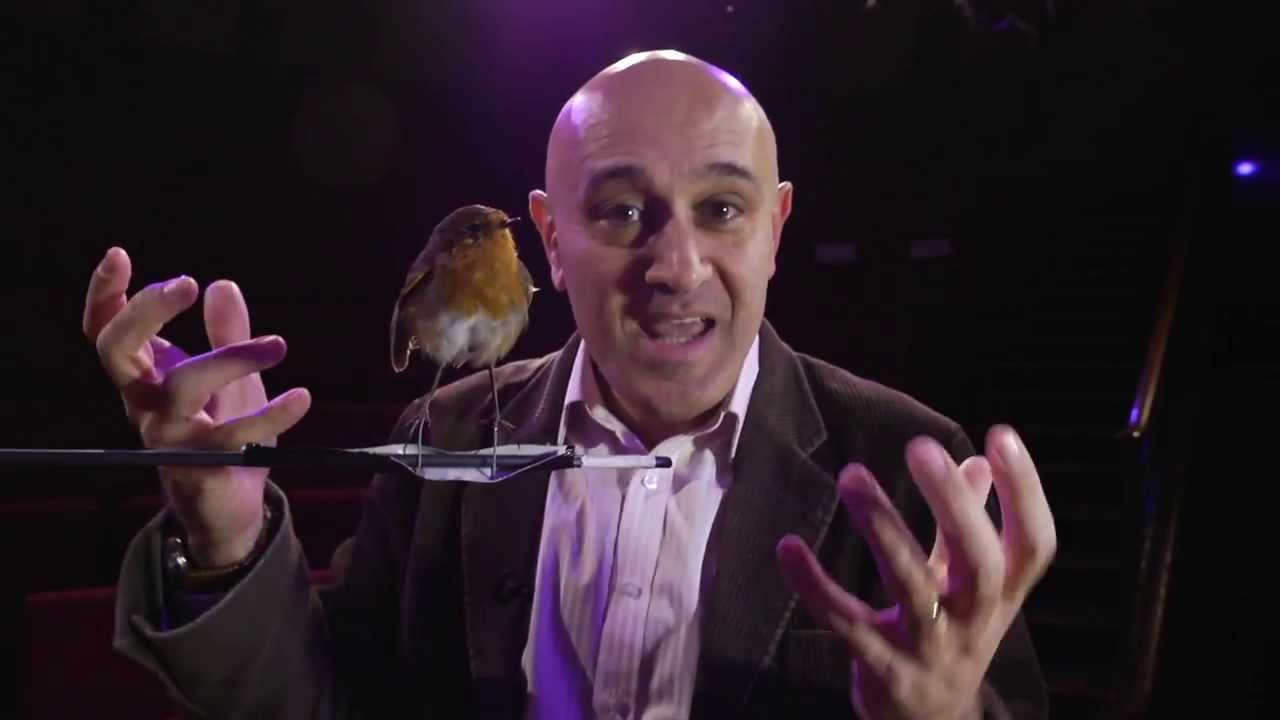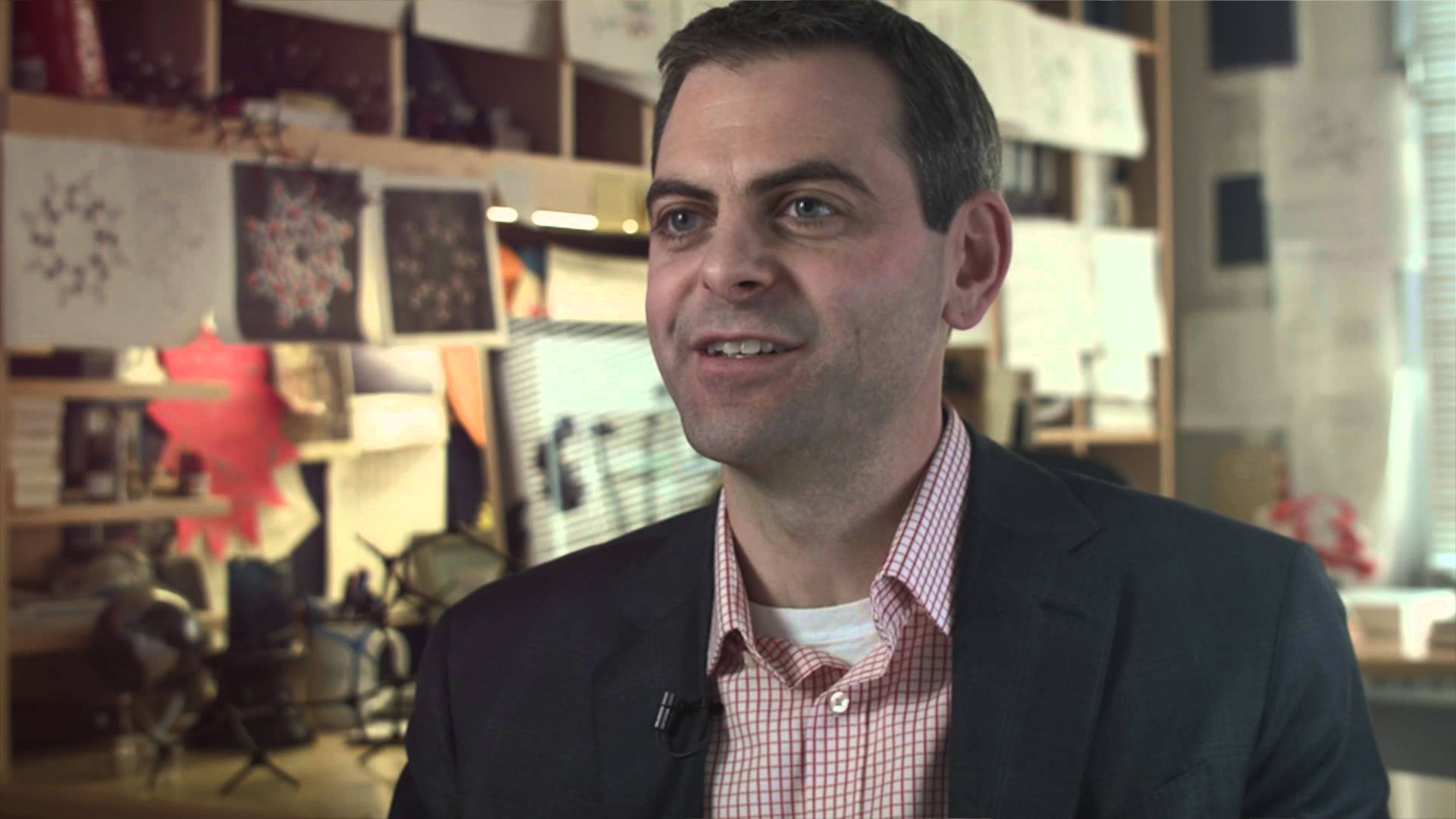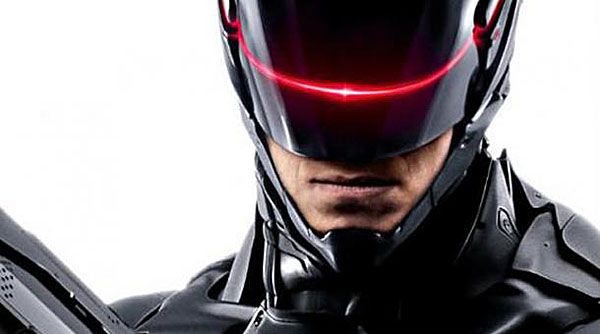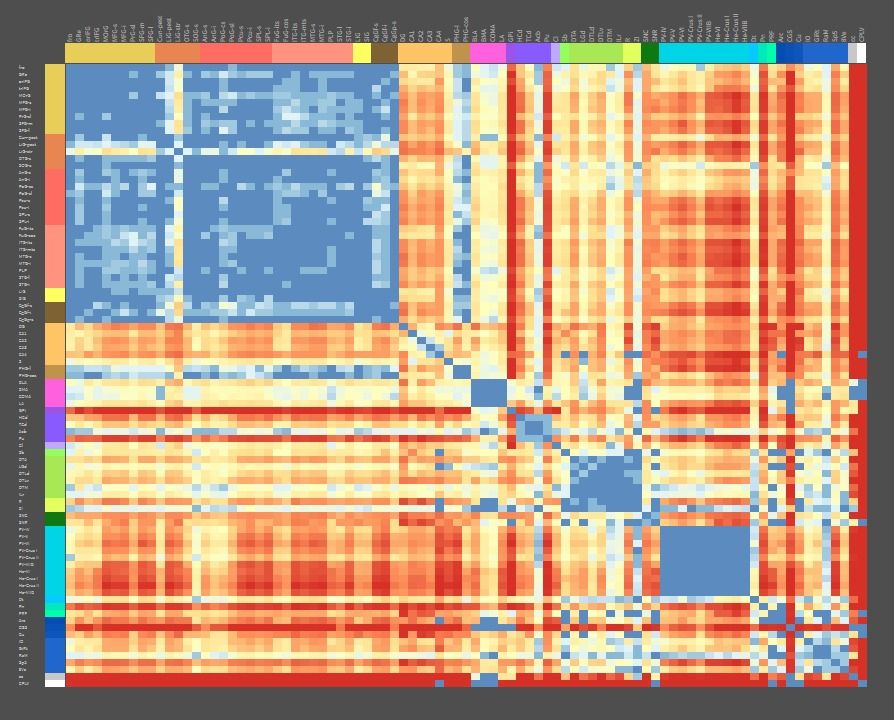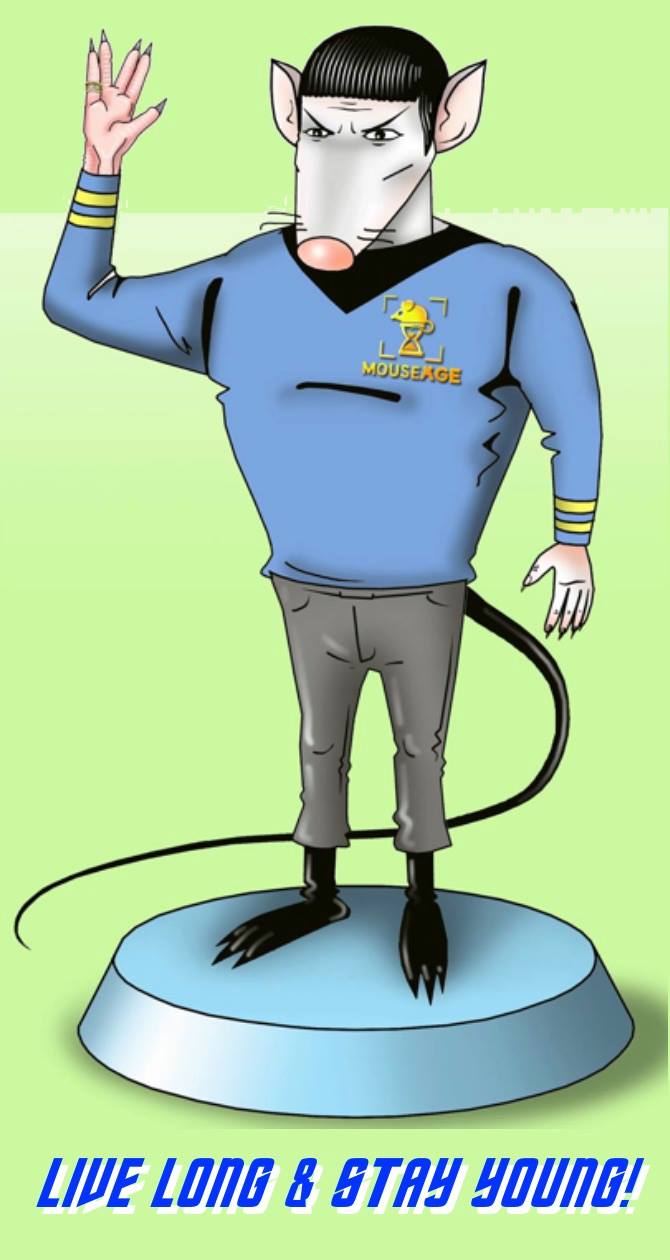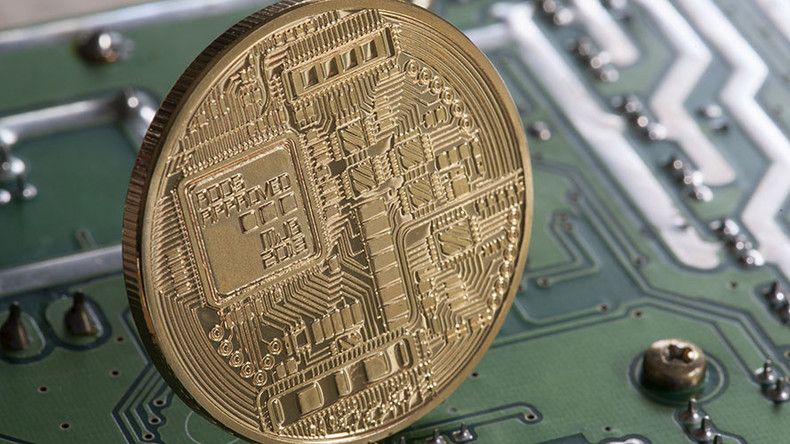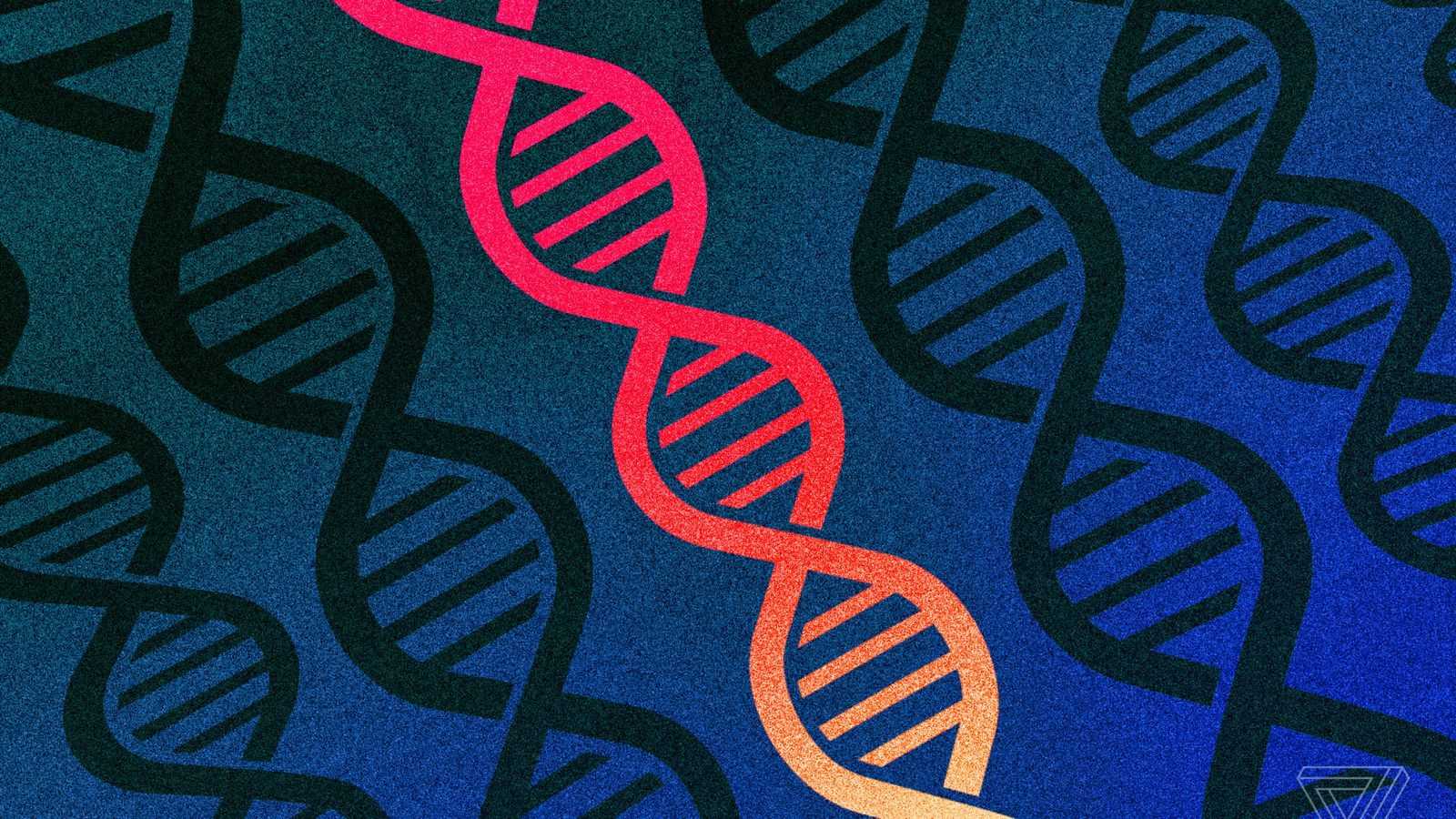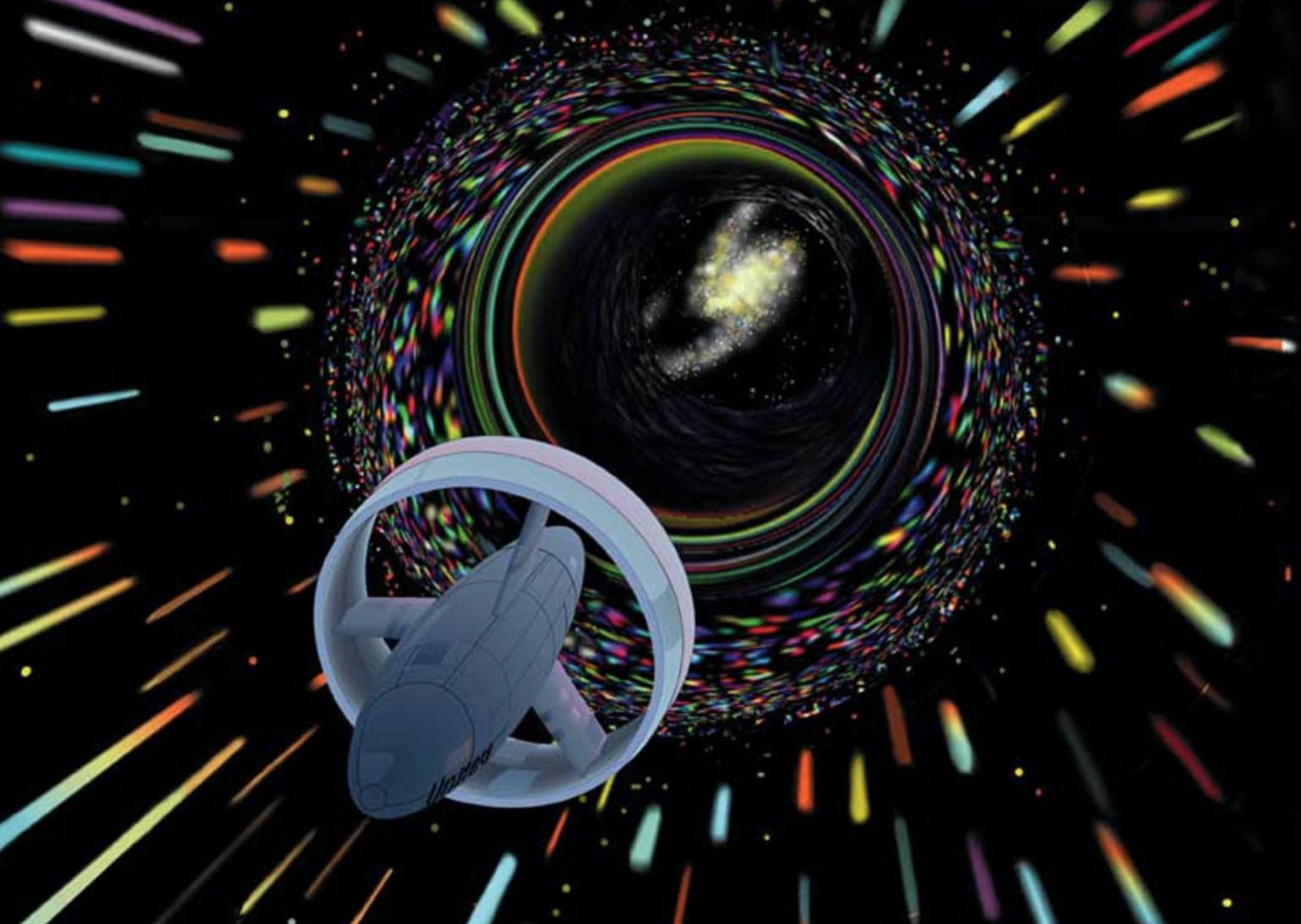Sep 4, 2017
VIDEO: San Francisco official pushes robot tax to battle automation
Posted by Carse Peel in categories: robotics/AI, security
SAN FRANCISCO (AP) — Security guard Eric Leon watches the Knightscope K5 security robot as it glides through the mall, charming shoppers with its blinking blue and white lights. The brawny automaton records video and sounds alerts. According to its maker, it deters mischief just by making the rounds.
Leon, the all-too-human guard, feels pretty sure that the robot will someday take his job.
“He doesn’t complain,” Leon says. “He’s quiet. No lunch break. He’s starting exactly at 10.”
Continue reading “VIDEO: San Francisco official pushes robot tax to battle automation” »
